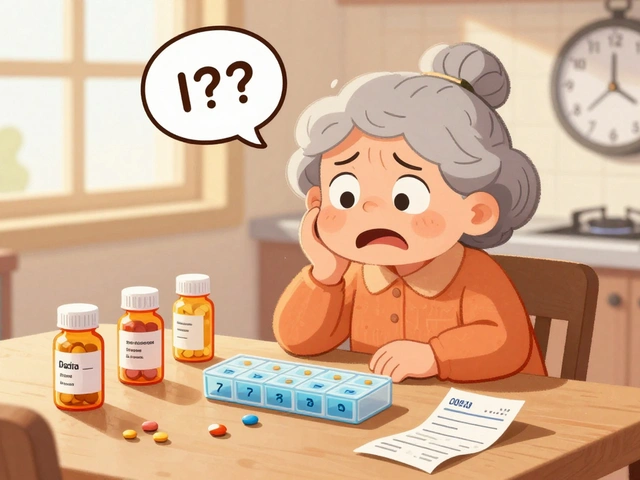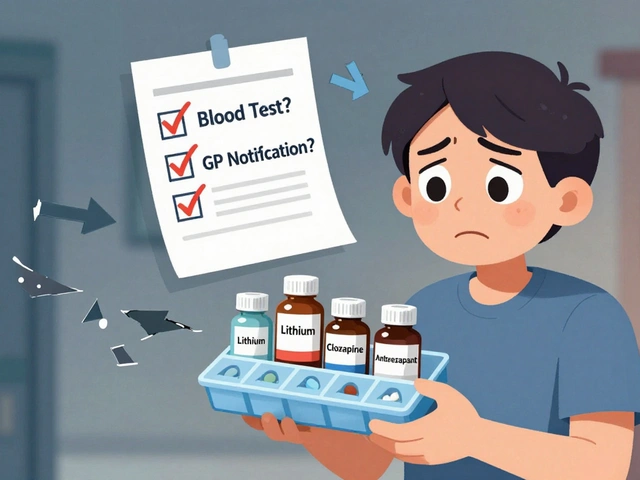Asthma Relief: Fast Tips and Everyday Care
Asthma attacks can get serious fast. If you feel tightness, wheeze, or can’t catch a full breath, knowing what to do and what to avoid makes a huge difference. This page gives simple, practical steps you can use right now and daily habits that lower attacks.
Quick steps for an asthma attack
First, sit up straight and stay calm — panicking makes breathing harder. Use your reliever inhaler (usually a blue SABA) immediately: two puffs through a spacer or as your action plan says. Wait one minute, then repeat if you still feel tight. If symptoms don’t improve after the second dose, or you can’t speak full sentences, call emergency services right away.
Keep a spacer near each bedroom and in your bag if you’re active. Spacers help more medicine reach your lungs, so the inhaler works faster and with less waste.
Daily habits that cut attacks
Know your triggers and avoid them when possible. Common triggers are tobacco smoke, cold air, pollen, dust mites, pet dander, strong smells, and certain workouts without a warm-up. Track your symptoms in a simple notebook or phone app for two weeks — you’ll spot patterns fast.
Stick to controller meds if your doctor prescribes them (inhaled corticosteroids or combination inhalers). These reduce inflammation and lower the odds of attacks. Don’t stop controller meds just because you feel better; that’s when asthma can come back stronger.
Use a peak flow meter at home if your doctor recommends it. It gives an objective number to track lung function and helps you spot worsening asthma before symptoms scream for attention.
Keep vaccines up to date — flu and COVID shots lower the risk of respiratory infections that can trigger severe asthma.
Small lifestyle moves help too: quit or avoid smoking, reduce indoor dust by washing bedding hot weekly, use allergen covers for mattresses, and keep indoor humidity below 50% to slow mold and dust mites. A short, steady warm-up before exercise can prevent exercise-induced symptoms.
Practice simple breathing techniques like slow diaphragmatic breaths to help during mild tightness. These don’t replace medicine but can reduce panic and improve airflow until your inhaler takes effect.
Make an asthma action plan with your clinician — write it down and share it with family, school, or coworkers. The plan should list daily meds, how to step up treatment during worsening symptoms, and when to call emergency services.
Need meds or want to learn more? UniversalDrugstore.com has guides on inhalers, controller drugs, and smart tips for buying meds safely online. Always check with your doctor before changing treatment.
If you’re unsure about any symptoms or your inhaler isn’t helping like before, contact your healthcare provider. Quick action and steady daily care keep asthma from taking over your life.
Natural Bronchodilators for Asthma Relief: Best Caffeine, Boswellia, and Breathing Methods Instead of Albuterol
If you want to breathe easier without always reaching for your inhaler, certain natural bronchodilators can help. This article covers how caffeine, boswellia, and proven breathing techniques can give you fast relief when you feel tight-chested, and it breaks down how these methods compare with popular asthma meds like albuterol. You'll see hard facts, research findings, user tips, and where to find safe, modern options for asthma care.
Read More





